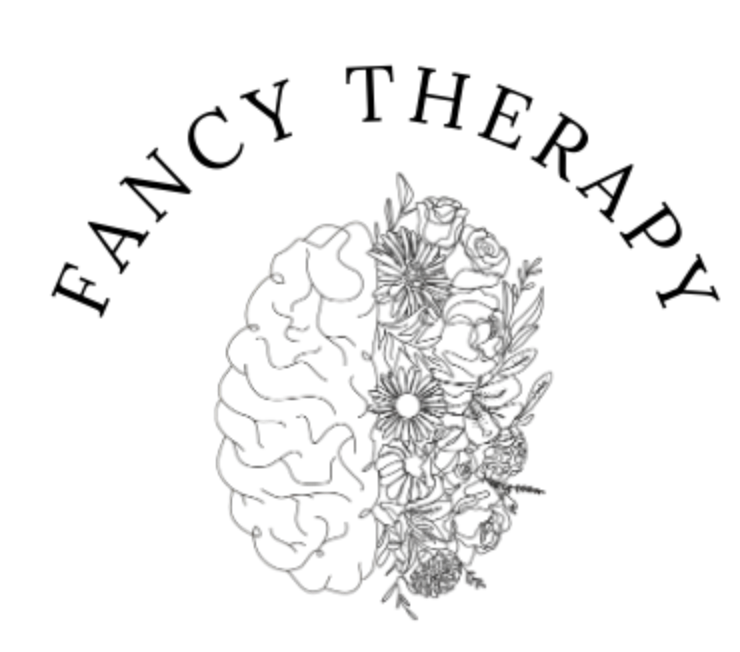Unveiling the Hidden Signs of Anger: Recognizing Subtle Cues for Improved Emotional Awareness
In the vast spectrum of human emotions, anger often occupies a complex and multifaceted role. While overt expressions of anger may be readily recognizable, its subtler manifestations often go unnoticed, leading to misunderstandings, strained relationships, and even personal distress. Understanding the hidden signs of anger can empower individuals to navigate their emotions more effectively, fostering healthier interactions and inner peace.
1. Physical Tension:
Clenched jaw, tightened muscles, or fidgeting: When individuals experience anger, the body's natural response is to prepare for confrontation or defense, leading to tense muscles and physical discomfort.
Chronic headaches, digestive issues, or muscle tension: Unresolved anger can manifest in various physical ailments. Chronic stress resulting from suppressed anger can take a toll on one's physical well-being.
2. Passive-Aggressive Behavior:
Sarcasm, silent treatment, or procrastination: Passive-aggressive behavior allows individuals to express anger indirectly. Rather than confronting the source of their frustration directly, they may resort to subtle jabs, withdrawal, or delaying tactics.
Veiled criticisms or backhanded compliments: Instead of expressing anger openly, individuals may resort to passive-aggressive remarks. These disguised forms of criticism or praise with an underlying negative tone serve as outlets for suppressed anger.
3. Emotional Withdrawal:
Avoidance of discussions or topics: When individuals harbor unresolved anger, they may withdraw from conversations or situations that trigger discomfort. This emotional withdrawal serves as a defense mechanism to protect themselves from confronting their anger or the issues causing it.
Emotional detachment or sudden mood shifts: Suppressing anger can lead to emotional numbness or unpredictable mood swings. Individuals may alternate between periods of withdrawn and outbursts as they struggle to manage their suppressed emotions.
4. Excessive Criticism or Blame:
Fault-finding or nitpicking: Anger often manifests as criticism or blame directed towards others. Individuals may use these tactics to deflect attention from their own emotions or to assert control over a situation.
Projection of anger onto others: Instead of addressing their own feelings, individuals may project their anger onto others, attributing their frustrations to external factors. This displacement of anger can strain relationships and hinder personal growth.
5. Passive Silence:
Emotionless or impassive responses: Some individuals may choose not to express their anger verbally, opting instead for a stoic or impassive demeanor. This passive silence can be misleading, as it conceals underlying anger and prevents constructive communication. Avoidance of conflict or confrontation: Silence can serve as a coping mechanism to avoid confrontation or preserve a facade of composure. However, unresolved anger may continue to simmer beneath the surface, affecting both the individual and their relationships.
6. Escapist Behaviors:
Excessive substance use, compulsive behaviors, or distractions: When confronted with anger, some individuals may seek temporary relief through escapist behaviors. Engaging in activities like substance abuse, compulsive shopping, or excessive screen time offers a temporary distraction from underlying emotional turmoil.
Temporary reprieve leading to exacerbated anger: While escapist behaviors provide momentary relief, they often exacerbate underlying anger in the long run. By avoiding the root cause of their emotions, individuals perpetuate a cycle of avoidance and escalation.
7. Chronic Irritability:
Persistent state of irritability or agitation: Individuals experiencing unresolved anger may exhibit a chronic state of irritability, even in seemingly mundane situations. This heightened sensitivity to triggers can result in disproportionate reactions to minor inconveniences or perceived slights.
Unacknowledged emotions seeking release: Chronic irritability often stems from unexpressed or unacknowledged emotions seeking release. By recognizing and addressing the underlying anger, individuals can alleviate their chronic irritability and restore emotional balance.
To conclude, recognizing the hidden signs of anger is crucial for fostering emotional intelligence and maintaining healthy relationships. By cultivating awareness of subtle cues—whether physical, behavioral, or emotional—individuals can address underlying anger constructively, fostering personal growth and interpersonal harmony. Through mindfulness, open communication, and self-reflection, people can navigate their emotions more effectively, leading to greater emotional well-being and authentic connections with others.




